Iconic landmarks stand as timeless symbols of human ingenuity, history, and culture. From towering skyscrapers to ancient ruins, these architectural marvels hold secrets and stories that captivate the imagination. Let’s uncover some of the most fascinating and lesser-known facts about the world’s most beloved landmarks.
15 Unforgettable Facts World’s Most Iconic Landmarks
- The Eiffel Tower grows taller in the summer.
- The Leaning Tower of Pisa was never meant to lean.
- The Statue of Liberty was a gift from France to the United States.
- Big Ben isn’t the clock, it’s actually the bell inside the tower.
- The Great Wall of China is not visible from space.
- The Taj Mahal changes color throughout the day.
- The Colosseum in Rome was once flooded for mock naval battles.
- The Sydney Opera House’s design was inspired by an orange.
- The White House was originally painted gray.
- Mount Rushmore was never actually finished.
- The Sagrada Familia in Barcelona is still under construction.
- The Great Sphinx of Giza is missing its nose.
- St. Basil’s Cathedral in Moscow was nearly demolished by Stalin.
- The Empire State Building was built in record time – just over a year.
- The Burj Khalifa in Dubai is the tallest building in the world.
1. The Eiffel Tower Grows Taller in the Summer.
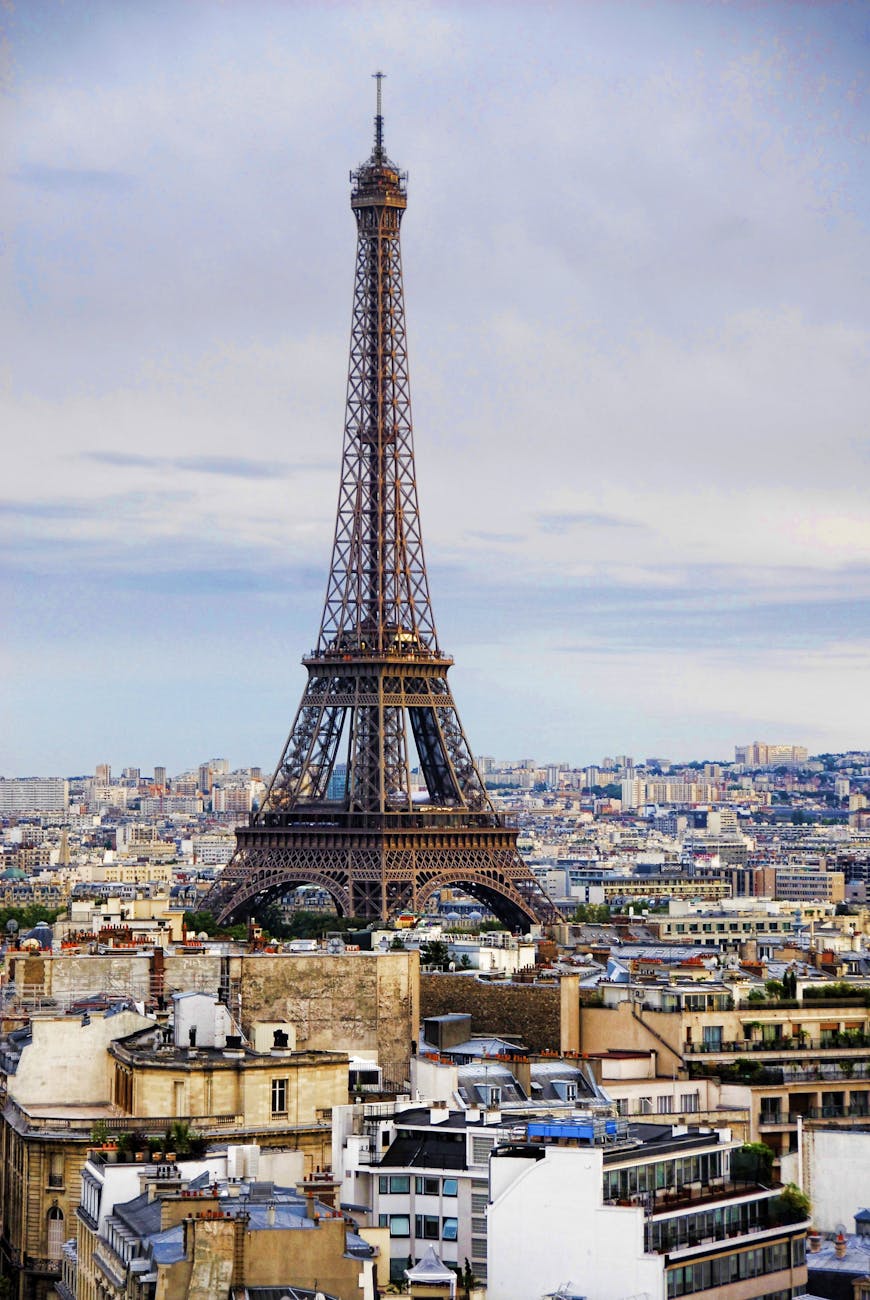
The Eiffel Tower‘s impressive height of 1,063 feet (324 meters) isn’t entirely constant. Believe it or not, this magnificent structure can actually grow up to 6 inches (15 centimeters) taller during the summer months! This fascinating phenomenon is due to a scientific principle called thermal expansion. Imagine the Eiffel Tower like a giant metal straw. As the summer sun heats up the iron latticework, it causes the metal to expand slightly. This expansion is minuscule but measurable, and it allows the tower to sway gently in the wind without compromising its stability. In cooler weather, the metal contracts again, bringing the tower back to its original height.
2. The Leaning Tower of Pisa Was Never Meant to Lean.
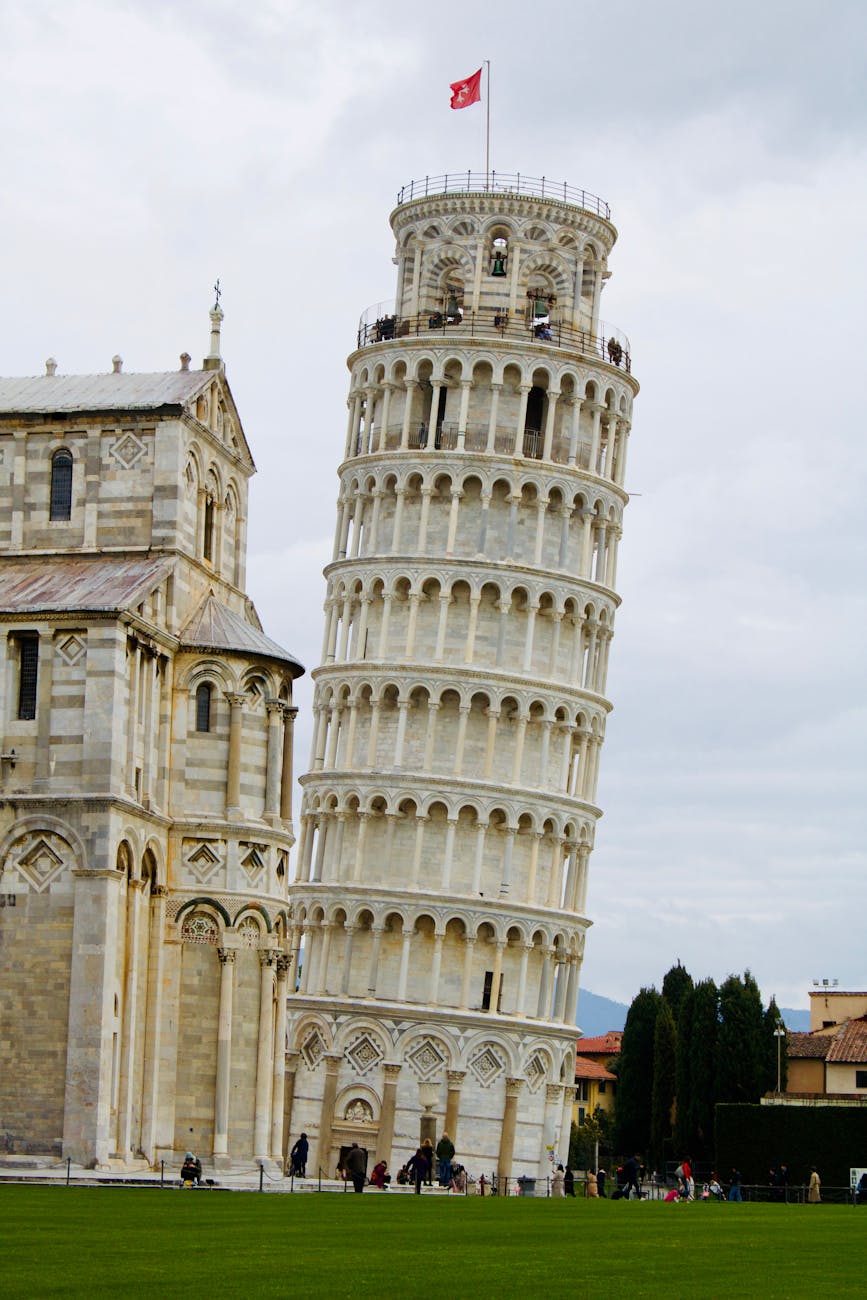
The Leaning Tower of Pisa, a beloved symbol of Italy, is famous for its unintended tilt. Construction began in 1173, but engineers soon encountered a major problem – the soft soil beneath the tower’s foundation began to settle unevenly. This resulted in the tower starting to tilt to one side. Over the centuries, various efforts have been undertaken to prevent the tower from falling over. Today, thanks to ingenious engineering solutions like soil reinforcement and counter-weights, the Leaning Tower of Pisa is stable and remains a captivating tourist destination.
3. The Statue of Liberty Was a Gift from France to the United States.
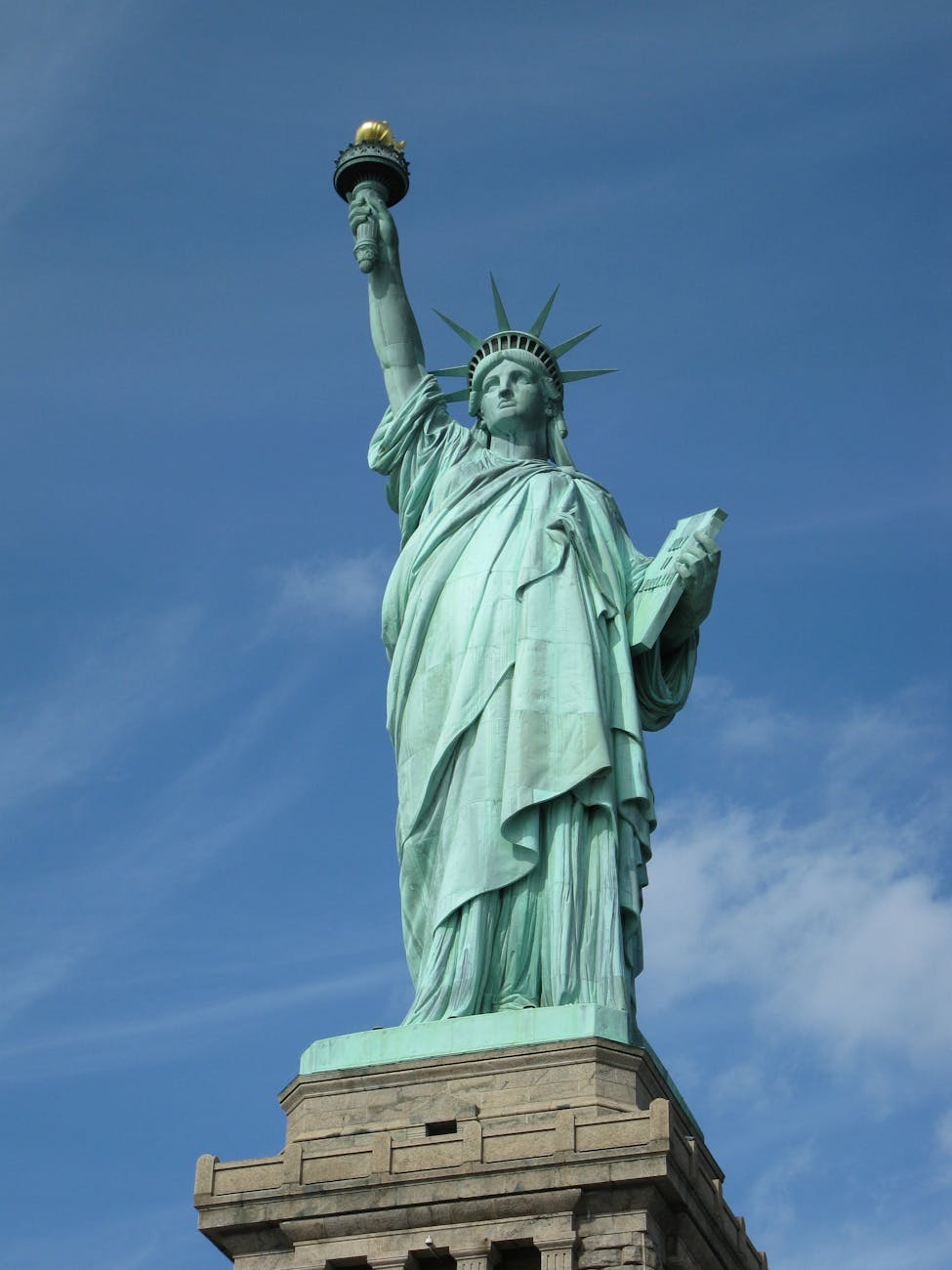
The awe-inspiring Statue of Liberty, a powerful symbol of freedom and democracy, was a gift from the people of France to the people of the United States. Designed by French sculptor Frédéric Auguste Bartholdi,the copper statue was built to commemorate the centennial of American independence in 1776. The statue’s powerful pose, holding aloft a torch and a tablet inscribed with the date of American independence (July 4, 1776), represents the ideals of liberty that both nations cherished. The United States provided the base for the statue on Bedloe’s Island in New York Harbor, and the monument was officially dedicated in 1886. The Statue of Liberty stands as a lasting testament to the friendship between these two nations.
Read More: Top 15 USA Facts That Will Blow Your Mind
4. Big Ben Isn’t the Clock, It’s Actually the Bell Inside the Tower
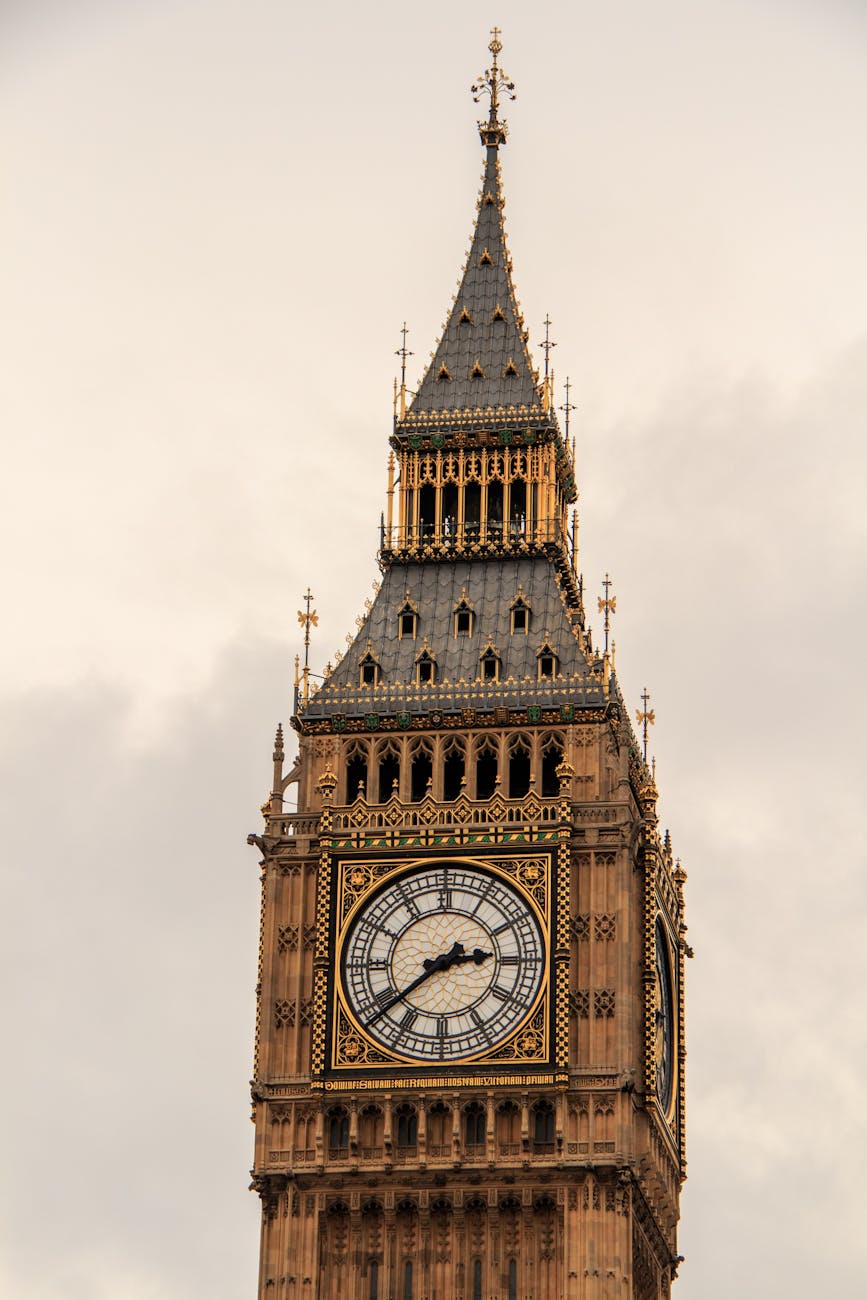
Many people mistakenly refer to the entire clock tower at the Palace of Westminster in London as Big Ben. However, Big Ben is actually the nickname for the massive bell that strikes the hour within the tower. The clock itself has a diameter of nearly 23 feet (7 meters) and features four clock faces on each side of the tower. The Elizabeth Tower, as it’s officially called, was completed in 1859 and houses Big Ben, the giant bell that weighs over 13.5 tons (12,277 kilograms). The first chime of Big Ben rings out at noon each day, a familiar sound recognized around the world.
5. The Great Wall of China Is Not Visible from Space
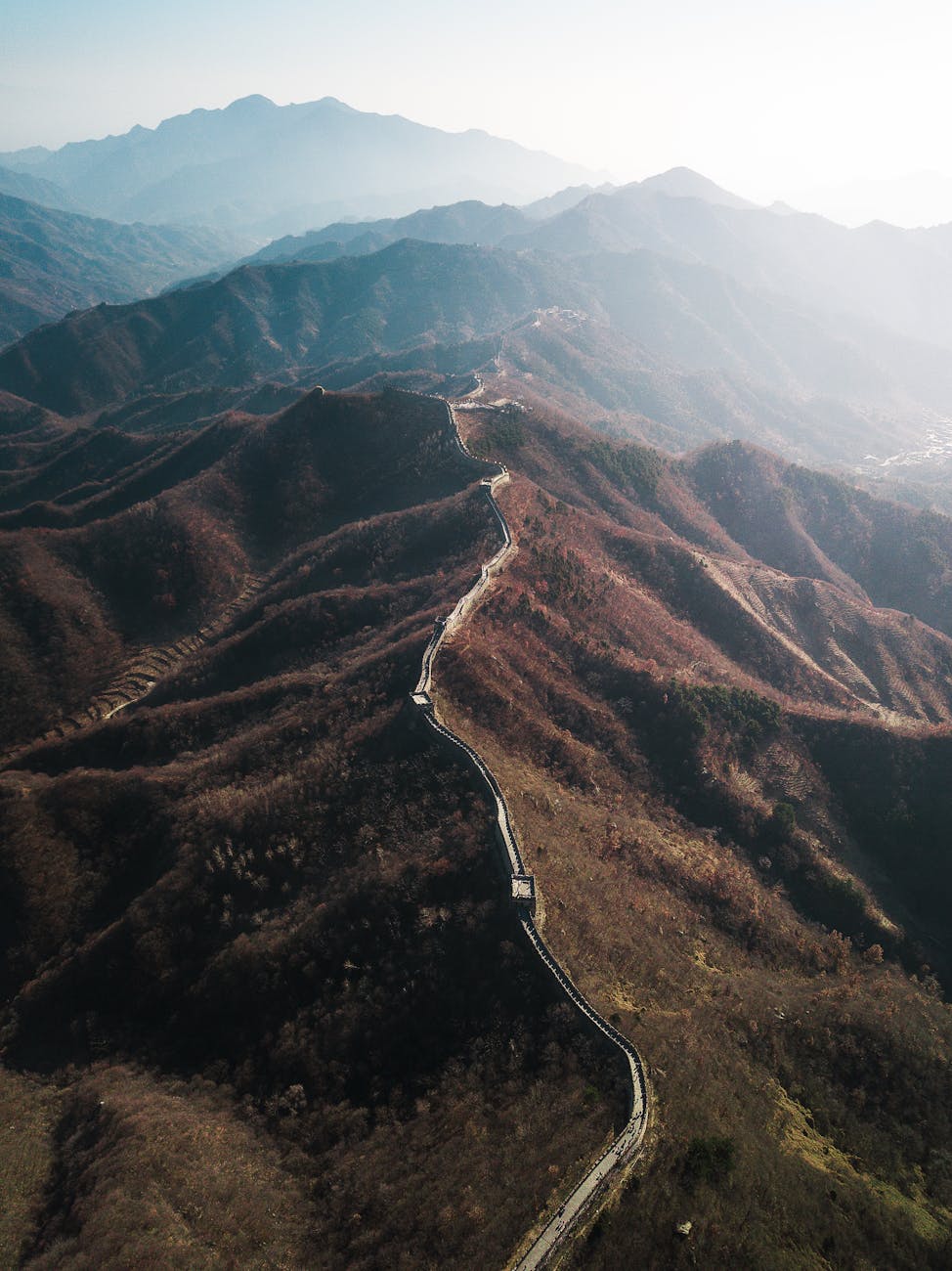
Contrary to popular myth, the Great Wall of China isn’t actually visible from space with the naked eye. While the wall is incredibly long, stretching for thousands of miles, it’s relatively narrow in width. This, along with its color that blends in with the natural terrain, makes it difficult to distinguish from such a great distance. However, astronauts equipped with powerful cameras and telescopes aboard the International Space Station can capture images showcasing sections of the wall under the right conditions.
6. The Taj Mahal Changes Color Throughout the Day.
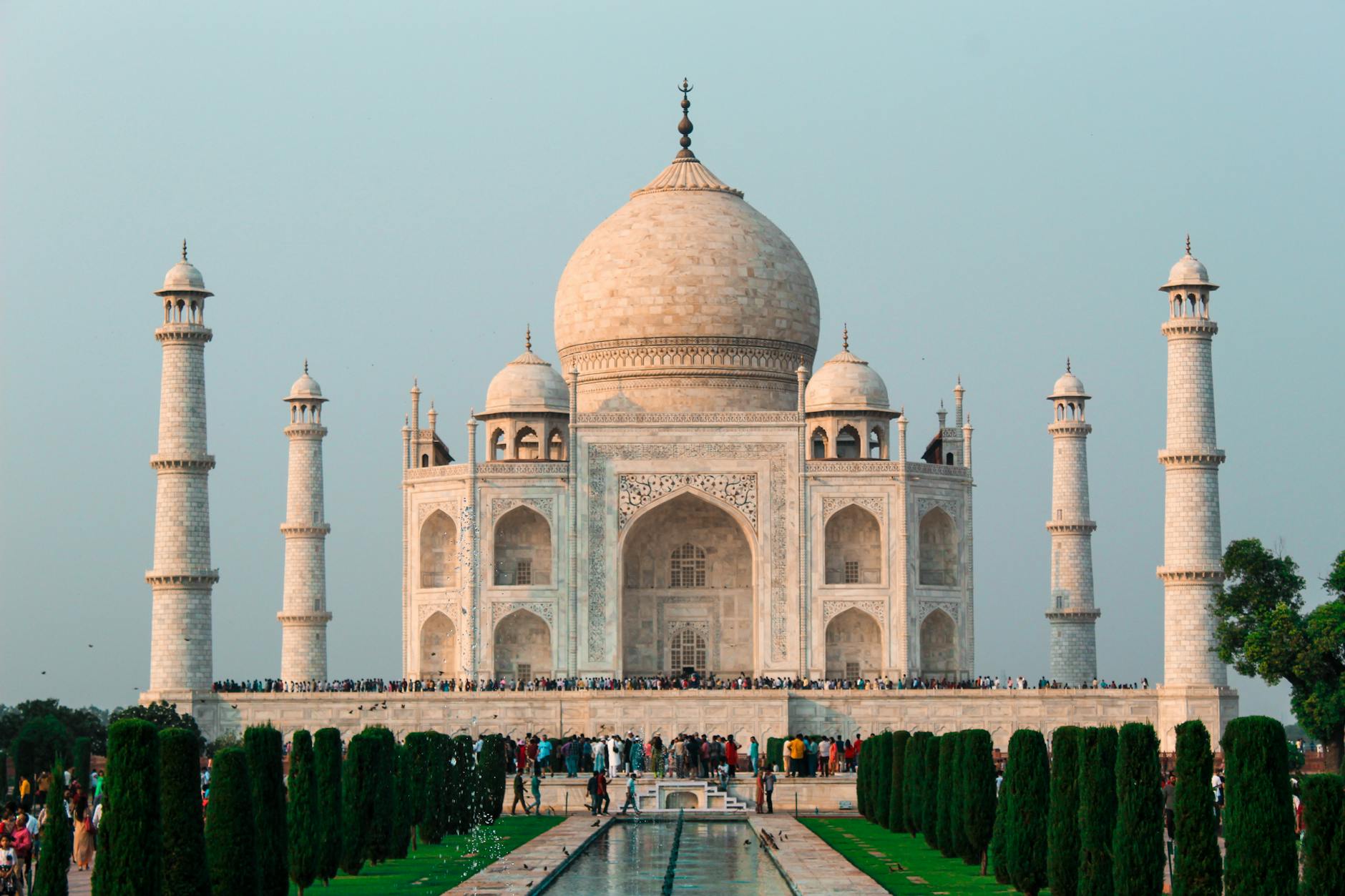
The Taj Mahal, a masterpiece of Mughal architecture in India, is renowned for its breathtaking beauty, which is further amplified by its ability to transform its colors throughout the day. The white marble used in its construction has unique translucent qualities, meaning it reflects sunlight in fascinating ways. At dawn, the Taj Mahal takes on a pinkish hue, as the soft morning light bounces off its smooth surface. During the midday hours, the brilliance of the sun makes the monument appear a gleaming, milky white. At sunset, the Taj Mahal is bathed in a warm, golden glow, creating a mesmerizing spectacle. These captivating color shifts are a testament to the intricate craftsmanship and artistic vision behind its creation.
Read More: 15 Unique Cultural Festivals You Won’t Want to Miss
7. The Colosseum in Rome Was Once Flooded for Mock Naval Battles.
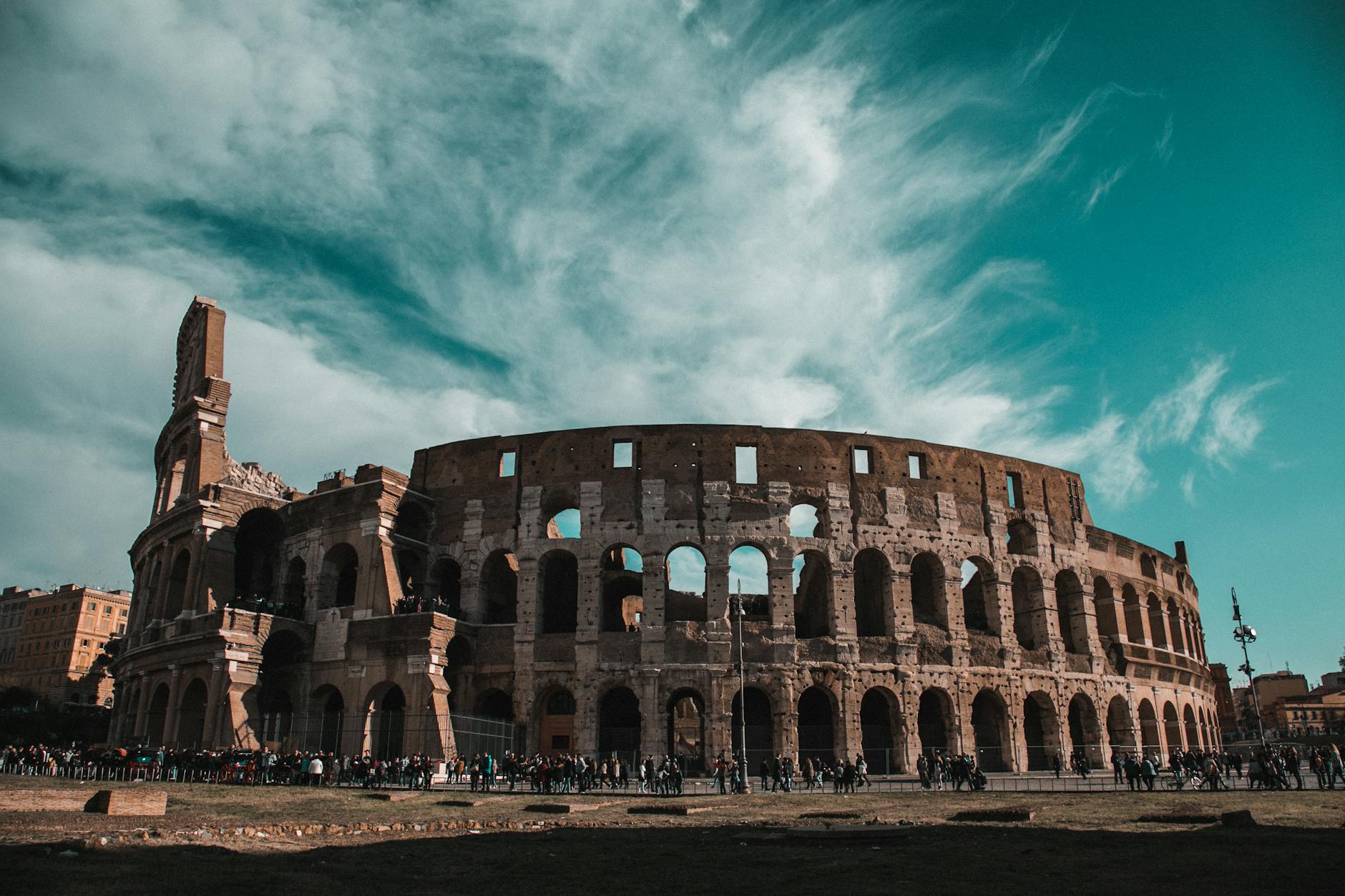
The Colosseum, an iconic symbol of ancient Rome, wasn’t just an amphitheater for gladiator fights and other spectacles. It also played host to incredible naval battles known as ‘naumachiae.’ Roman engineers would carefully flood the Colosseum’s arena floor, creating a temporary ‘sea’ where specially constructed ships would clash in thrilling recreations of historical battles. These elaborate events, often showcasing exotic animals and thousands of participants, entertained crowds who flocked to the Colosseum for the unique experience.
8. The Sydney Opera House’s Design Was Inspired by an Orange.
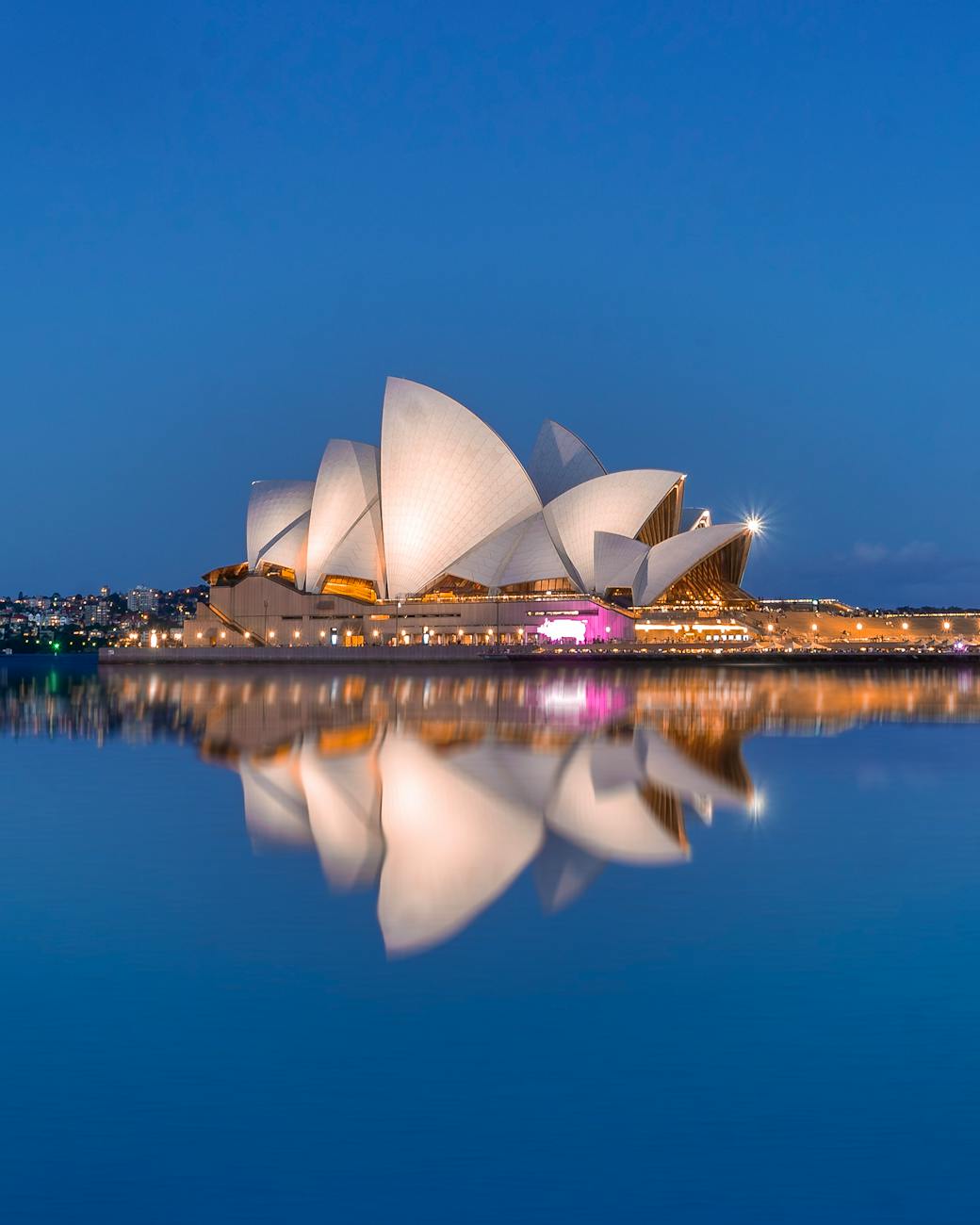
The Sydney Opera House, with its distinctive sail-like shells gracing the Sydney harbor, is one of the most recognizable architectural marvels in the world. Its unique design was the brainchild of Danish architect Jørn Utzon. Imagine peeling an orange, Utzon envisioned the opera house’s roof resembling the curved segments of a peeled orange. He meticulously translated this organic concept into a series of precast concrete ‘shells,’ creating a building that seemingly blends with the coastal landscape. The ingenuity behind this design cemented the Sydney Opera House as an architectural icon.
9. The White House Was Originally Painted Gray.
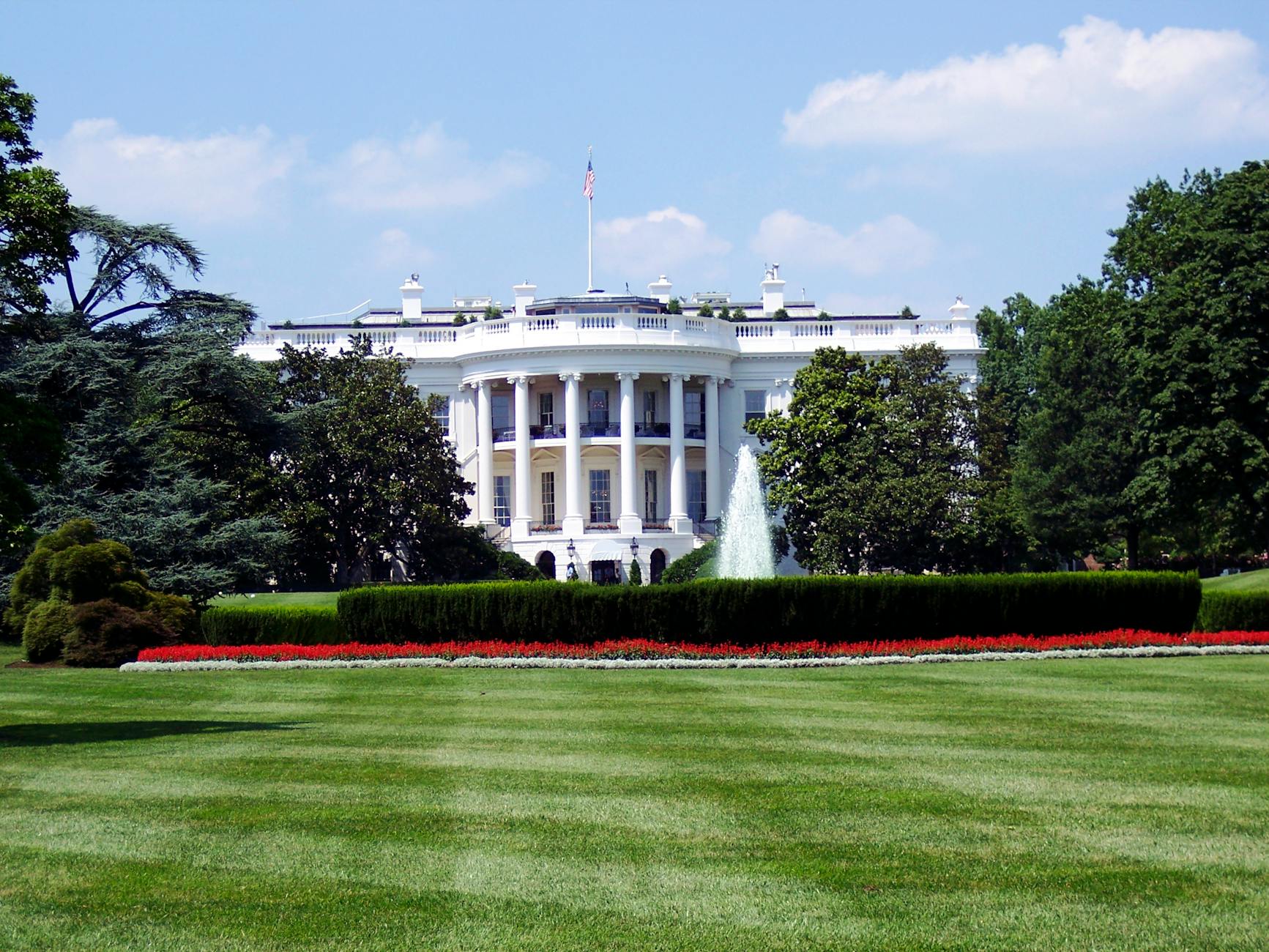
The brilliant white facade of the White House, the official residence and workplace of the President of the United States, is an enduring symbol of American power. However, the building wasn’t always painted in its signature color. Initially constructed from Aquia Creek sandstone, the White House possessed a grayish-white hue. It wasn’t until after the War of 1812, when British troops set fire to the building, that it received its first coat of white paint. The white lime-based whitewash was primarily intended to hide the smoke damage, but the color stuck and has become synonymous with the presidency.
Read More: 15 Cities That Dazzle After Dark: A World Tour of Nighttime Wonders
10. Mount Rushmore Was Never Actually Finished.
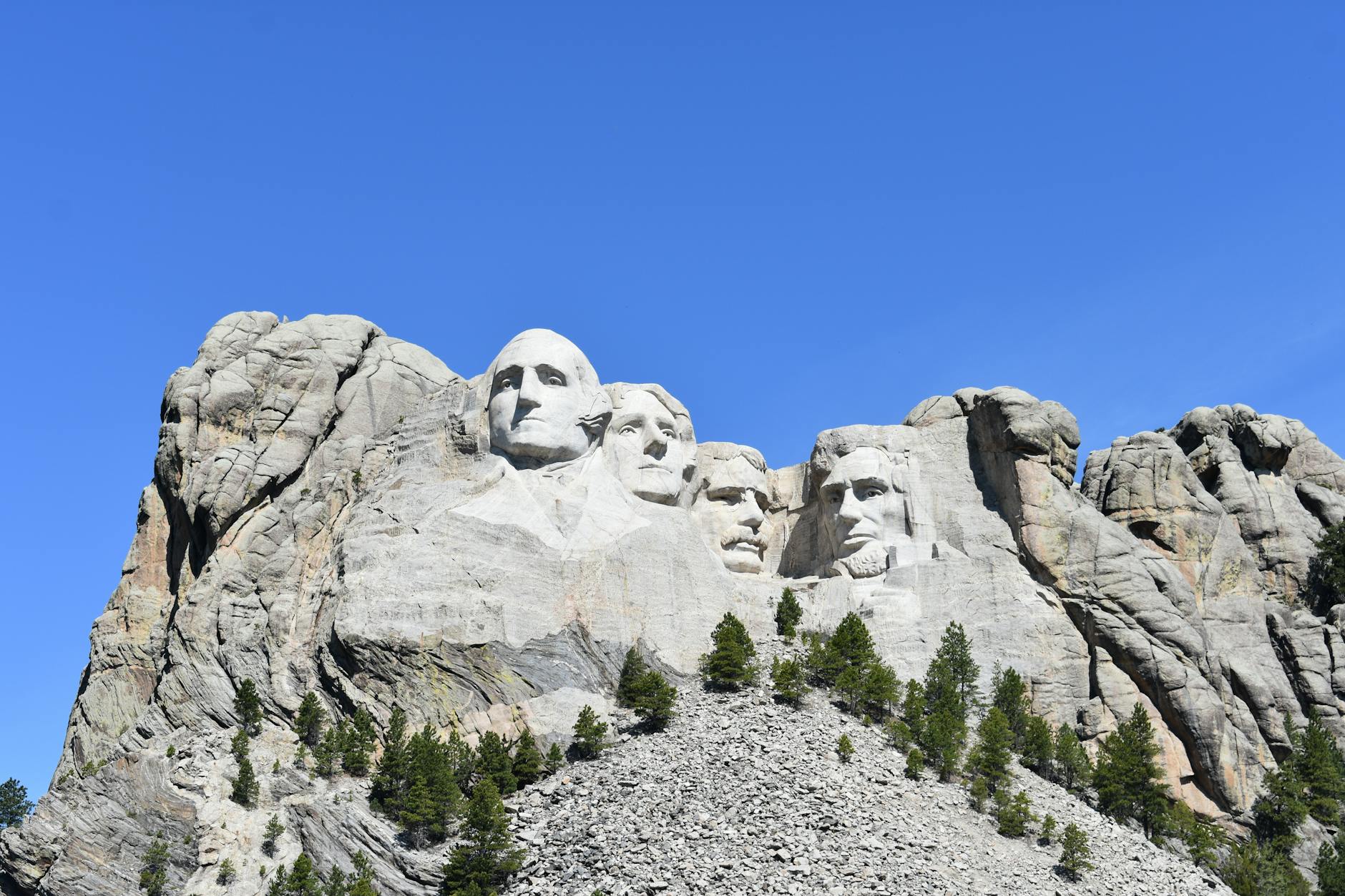
Mount Rushmore is an iconic American landmark located in the Black Hills of South Dakota. This monumental sculpture, carved into the granite face of Mount Rushmore, showcases the portraits of four influential U.S. presidents: George Washington, Thomas Jefferson, Theodore Roosevelt, and Abraham Lincoln. The sculptor, Gutzon Borglum, had an ambitious vision that included carving detailed figures of each president down to their waists. Unfortunately, Borglum passed away in 1941 before his grand design could be completed. Despite its unfinished state, Mount Rushmore remains an extraordinary testament to American history and a testament to human ingenuity.
11. The Sagrada Familia in Barcelona Is Still Under Construction.
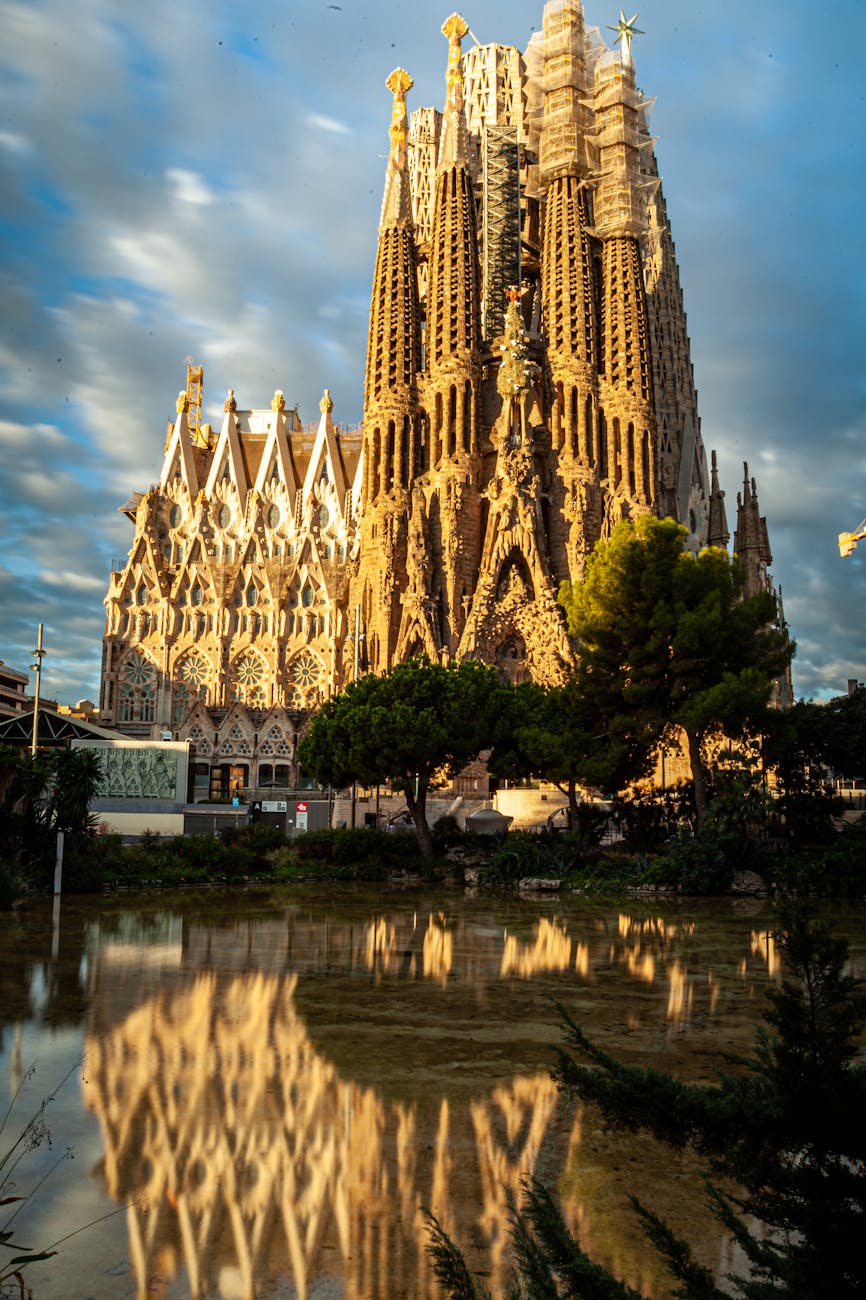
La Sagrada Familia, a towering masterpiece by visionary architect Antoni Gaudí, has been under construction in Barcelona, Spain, since 1882. It’s a truly unique structure, with its intricate facades, twisting spires, and fantastical sculptures inspired by nature and religious symbolism. Gaudí dedicated his life to this project, but its immense complexity has made it a long-term endeavor. Even today, skilled architects and artisans continue to work on the Sagrada Familia, painstakingly following Gaudí’s detailed plans and models. The projected completion date is sometime around 2026, though new discoveries about Gaudí’s designs could always shift this goalpost.
12. The Great Sphinx of Giza is Missing Its Nose.
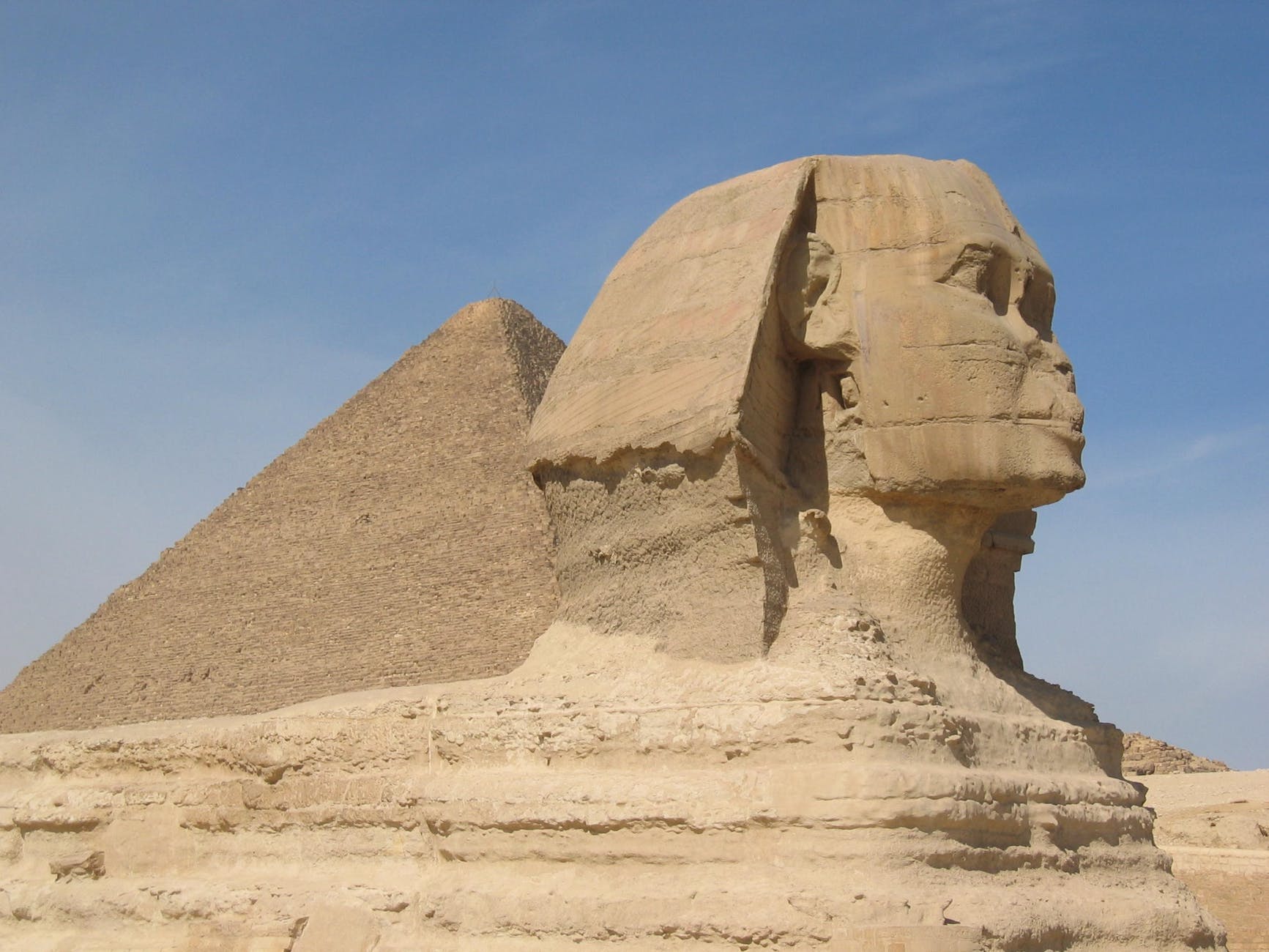
The Great Sphinx of Giza, a colossal limestone statue with the head of a human and the body of a lion is one of the most recognizable and enigmatic monuments from ancient Egypt. However, one detail is conspicuously absent – the Sphinx’s nose. While the exact cause of its missing nose remains a mystery, various theories exist. Some historians believe the nose was damaged during Napoleon’s invasion of Egypt, while others suggest natural erosion or intentional vandalism could be the culprit. Despite its missing feature, the Great Sphinx continues to stand as a compelling symbol of ancient Egyptian power and ingenuity.
Read More: Uncover Earth’s Most Isolated Places and Their Mysteries
13. St. Basil’s Cathedral in Moscow Was Nearly Demolished by Stalin.
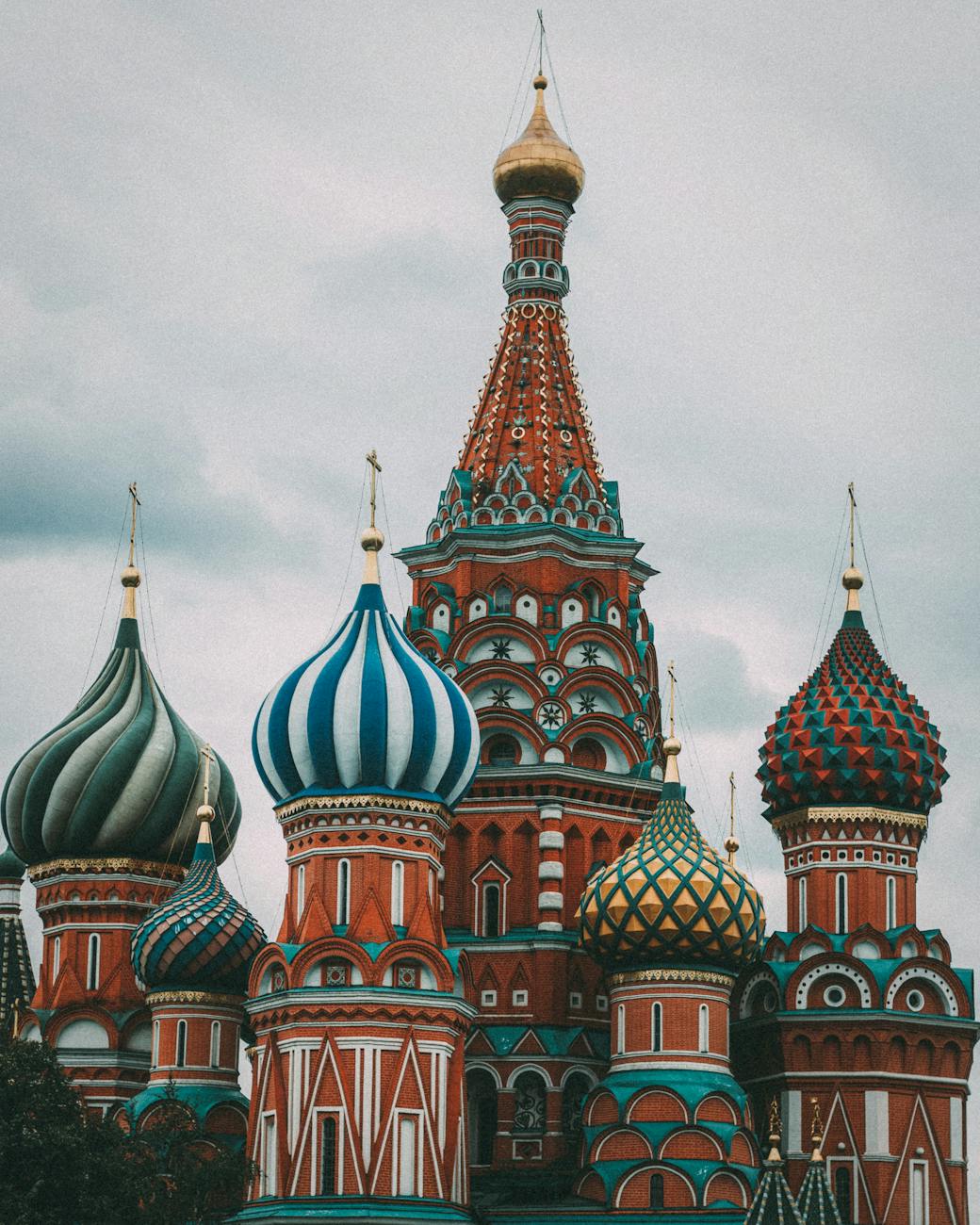
St. Basil’s Cathedral, located in Moscow’s Red Square, is a vibrant architectural marvel with its colorful, onion-shaped domes and whimsical patterns. This iconic landmark came dangerously close to destruction under the rule of Joseph Stalin. Legend has it that Stalin was so opposed to the cathedral’s presence near the Kremlin that he ordered its demolition. However, the architect responsible for carrying out the demolition, Pyotr Baranovsky, bravely defied Stalin and pleaded to preserve the cathedral due to its historical significance. His courageous act saved St. Basil’s, allowing it to remain an enduring symbol of Russian culture and architecture.
14. The Empire State Building Was Built in Record Time – Just Over a Year.
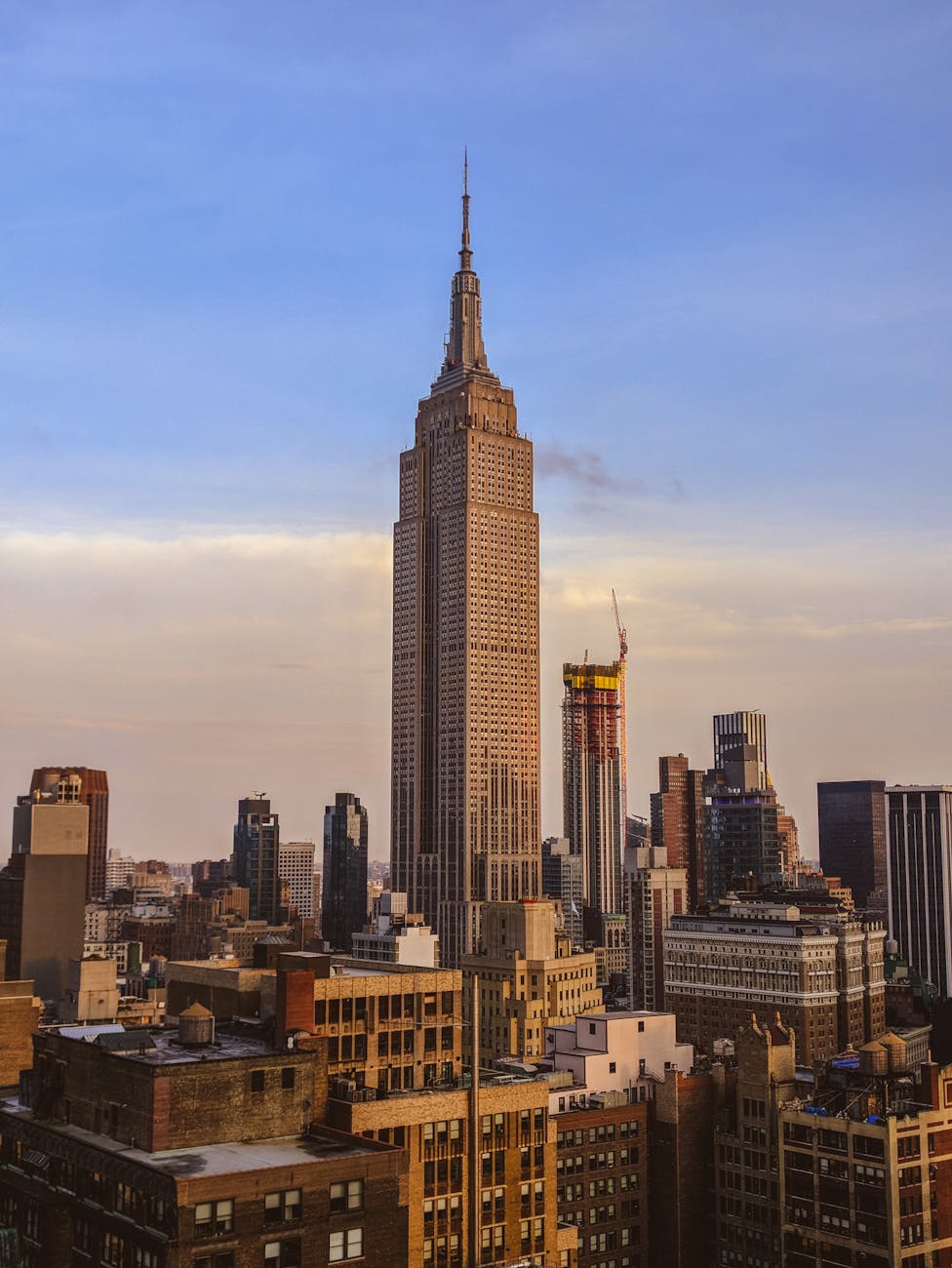
The Empire State Building, an Art Deco skyscraper soaring over the New York City skyline, is an emblem of ambition and efficiency. Surprisingly, this incredible feat of engineering was constructed at breakneck speed, completed in just 410 days, despite the challenges of the Great Depression era. The meticulous planning, innovative construction techniques, and sheer determination of the workers involved made it possible to erect roughly 4.5 floors of the building every week!
15. The Burj Khalifa in Dubai Is the Tallest Building in the World.
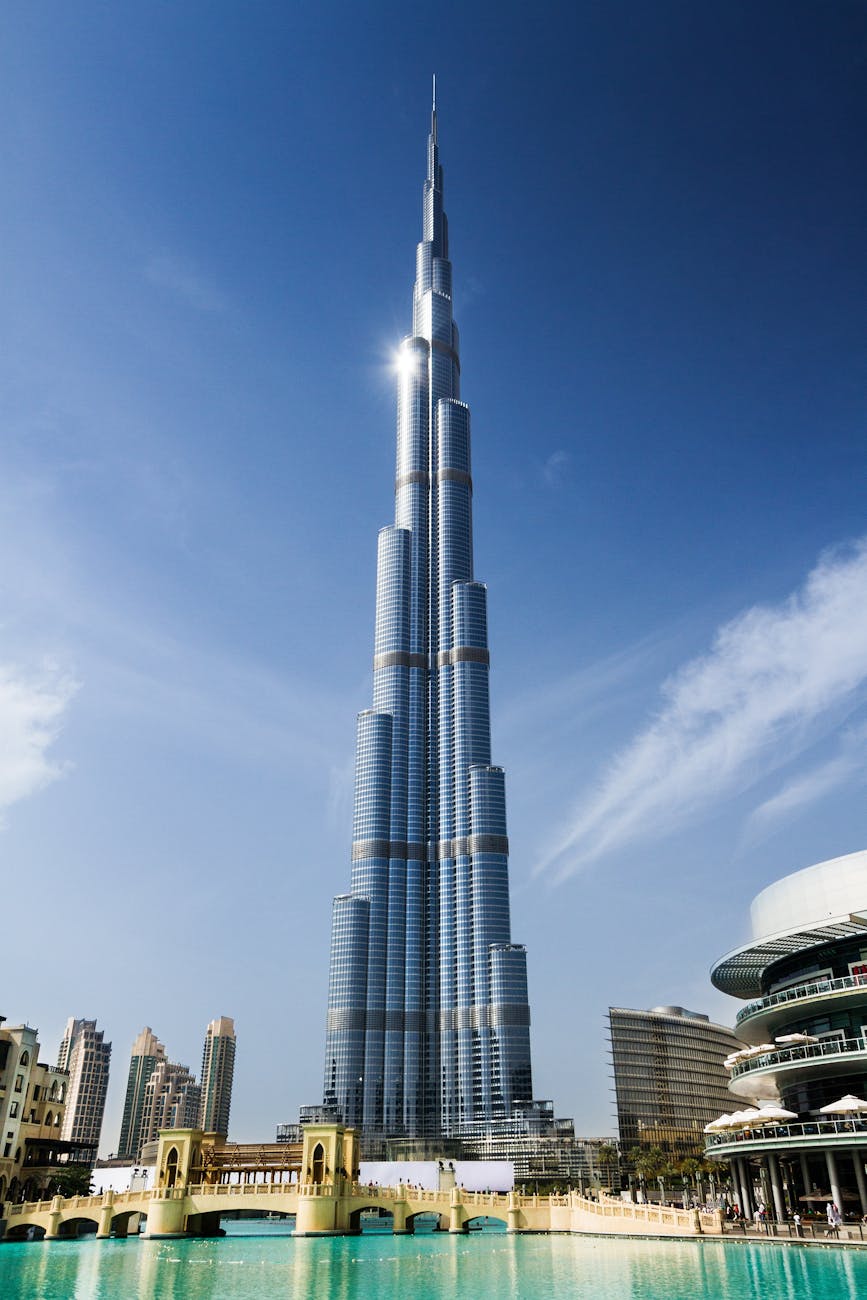
Reaching a dizzying height of 2,722 feet (828 meters), the Burj Khalifa in Dubai, United Arab Emirates, holds the title of the tallest building in the world. This sleek, futuristic skyscraper pierces the clouds and redefines modern urban architecture. The Burj Khalifa features over 160 stories, and boasts luxurious residences, high-end offices, a hotel designed by Giorgio Armani, and multiple observation decks offering breathtaking panoramic views of the city.
Read More: Top 15 Mind-Blowing Facts About the UK That Will Leave You Astounded
Conclusion:
From towering skyscrapers to ancient monuments, the world’s iconic landmarks hold a special place in our collective imagination. These fascinating structures tell stories of human creativity, ambition, and resilience across time. The surprising facts and hidden histories behind these landmarks make them even more captivating. Whether they symbolize historical events, cultural values, or groundbreaking architectural achievements, iconic landmarks serve as constant reminders of our shared human journey.
15 FAQs( frequently asked questions):
-
What makes a landmark iconic?
An iconic landmark usually has a combination of these qualities: historical significance, unique design, cultural importance, and the ability to evoke strong feelings in people.
-
Why are iconic landmarks important?
Iconic landmarks are important because they:
Serve as symbols of a city, region, or entire country.
Represent significant moments in history or culture.
Inspire awe and wonder with their beauty or engineering feats.
Attract tourists and boost local economies. -
How are iconic landmarks protected?
Many iconic landmarks are protected by national or international organizations like UNESCO World Heritage Sites. They are also protected by local laws that prevent demolition or major changes without careful review.
-
Can I visit iconic landmarks?
Yes! Many iconic landmarks are open to the public. You can purchase tickets for tours, visit observation decks, or simply admire them from the outside.
-
Where can I learn more about iconic landmarks?
You can learn more by:
Visiting the landmark’s official website.
Reading history and architecture books.
Searching for reliable websites and documentaries. -
Is the Leaning Tower of Pisa going to fall down?
No, engineers have done a lot of work to make sure it’s stable. They’ve added weights and removed extra soil to keep it from leaning even more.
-
Why is the Taj Mahal changing color?
The white marble of the Taj Mahal reflects light differently throughout the day. This gives it a pinkish color in the morning, a bright white at midday, and a golden color at sunset.
-
How long did it take to build the Great Wall of China?
The Great Wall wasn’t built all at once. It was built in different sections over hundreds and hundreds of years!
-
Can you really see the Statue of Liberty from France?
No! While it was a gift from France, the Statue of Liberty is way too small to see from across the ocean.
-
Why are people missing body parts on ancient statues?
A lot of ancient statues, like the Great Sphinx, have lost pieces over time due to natural disasters like earthquakes, erosion (wind and rain wearing them down), or unfortunately, people damaging them.
-
What is inside the Empire State Building?
The Empire State Building has office space, tourist attractions like observation decks, stores, and even a few apartments!
-
What is the oldest iconic landmark?
It’s hard to say for sure, as many ancient landmarks don’t have exact dates. However, some contenders for the oldest are the Pyramids of Giza in Egypt and Stonehenge in England.
-
Are new iconic landmarks still being built?
Yes! Architects around the world are always designing new and unique buildings that can become iconic in the future.
-
What is the most visited iconic landmark?
The Eiffel Tower in Paris is one of the most visited landmarks in the world!
-
Can an iconic landmark lose its iconic status?
While rare, it’s possible. An iconic landmark could lose importance if it’s severely damaged or if newer, more impressive structures are built and overshadow it.




